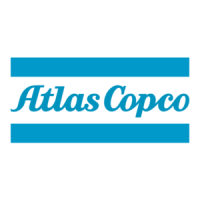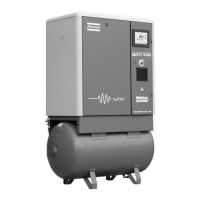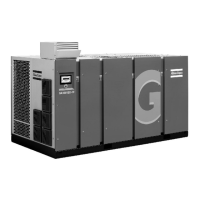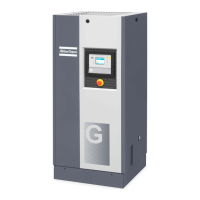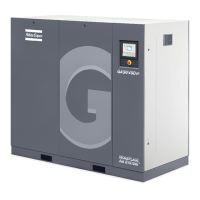5.8 Use of air receiver
Instructions
1.
This vessel may only be used for separating oil from compressed air and this within the
limits of pressure and temperature as specified on the nameplate.
2. A safety valve must be installed by the user to protect the vessel against overpressure. The
protection must ensure that the pressure will not permanently exceed the maximum
allowable working pressure.
3. The user must take precautions to ensure that the vessel operates in the temperature range
between -10 °C (14 °F) and 120 °C (248 °F).
4. To guarantee a proper operation, the intake air must be filtered.
5. A draining valve must be foreseen by the user to protect the vessel against overfilling by oil.
6. The vessel must be mounted in an installation that will operate at atmospheric pressure.
7. The user must avoid storing/installing the separator in badly ventilated rooms, near heating
sources or inflammable substances. The user must protect the vessel by a casing in case of
outdoor erection.
8. Pipe connections must be mounted tension free by means of flexible couplings.
9. The vessel must be mounted with the foreseen attachment points. In areas with risk of
earthquakes or installations subjected to reaction forces and moments of inertia from
supporting constructions, anchor pads must be used.
10. The vessel must be foreseen with an earthing.
11. The user must make the customer aware of possible high surface temperature of the vessel.
12. The user must provide the customer with instructions regarding safe emptying, cleaning,
inspecting (also internally), maintenance and daily operation.
13. After the vessel has been opened, the original bolts must be used for closing. Herewith the
maximum torque has to be respected.
14. No modifications may be carried out on the vessel by welding, drilling or by any other way of
mechanical operation, without written permission of the manufacturer.
15. This vessel was designed and manufactured respecting the functional specifications. An
inspection of the inside is for this reason not really necessary as long as the vessel is used
within the limits and applications for which it has been designed. However it is possible that
local legislation requires an internal inspection.
Instruction book
9829 3178 63 87
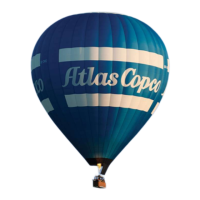
